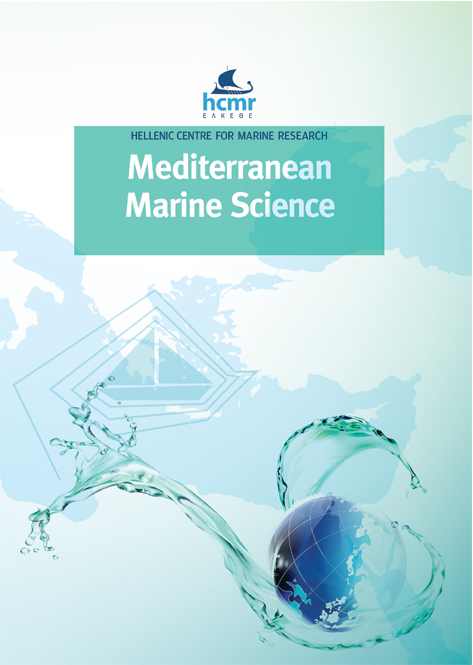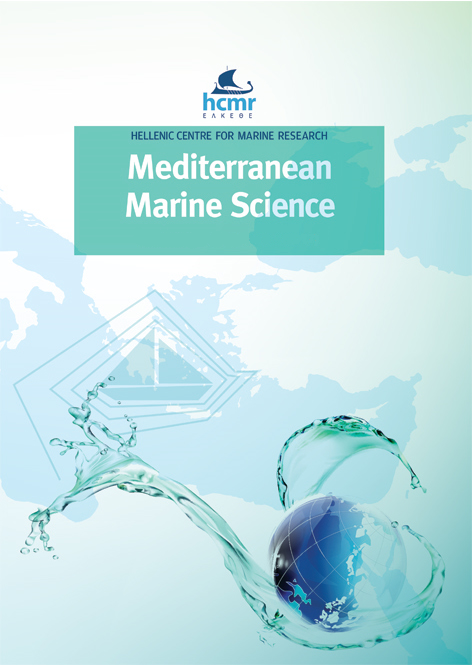Correlations of betanodavirus load in the brain of experimentally infected sea bass (Dicentrarchus labrax, L.) with varying levels of resistance to viral nervous necrosis
Résumé
The red-spotted grouper nervous necrosis virus (RGNNV) genotype of Betanodavirus causes significant losses to the European sea bass aquaculture industry. The lack of widely available vaccines against this genotype has led researchers and the industry to investigate other avenues for reducing mortality caused by the disease, such as the selection of resistant stocks. The objectives of this study were: a) to assess the presence of natural resistance in sea bass families propagated in the genetic improvement program of Nireus S.A., Greece and, b) to test an ELISA method able to detect viral coat antigen and measure viral load in the brain of tested fish. The second objective was to investigate virus antigen fluctuations during the course of the infection and its correlation with disease development, mortality and resistance. Further aspects of disease pathogenesis were investigated. A population of sea bass consisting of 89 families was experimentally infected with an RGNNV genotype of Betanodavirus; mortalities were recorded and brain samples from dead and survived fish were collected. Experimental infection of fish resulted in a typical pattern of mortality development that reached 56%. Different levels of natural resistance between families were found with cumulative mortality ranging from 20% to 86.2%. There was no statistical difference between the weight of dead fish and the resistant and susceptible families, except when extreme phenotypes were tested, indicating that the weight of fish that died was not a significant factor of final mortality. Brain virus load in the population as a whole increased sharply until D6 post-infection and then gradually dropped until the end of the experiment. When the viral load in the population (dead and survived fish) was tested against time of death, no correlation was found. In fish that survived the infection, the virus load remained high. The viral load per mg of brain tissue in samples taken from dead fish was not a factor that influenced family cumulative % mortality. Brain samples from survived fish reproduced the disease after infection of healthy fish. This study revealed a natural resistance of sea bass to Betanodavirus infection. This important finding can be used as an additional tool in reducing the mortality of cultured stocks. Additionally, there was clear evidence that fish surviving infection become subclinical carriers of the pathogen. Apparently, survival may not be associated with mechanisms of viral clearance but to other mechanisms that may suspend viral replication or aid infected cell endurance. These findings may assist in developing future vaccines and stock selection. A combination of effective vaccination and resistant stocks could be the way ahead.
Article Details
- Comment citer
-
BAKOPOULOS, V., PANAGIOTAKI, A., VALSAMIDIS, M.-A., WHITE, D.-M., PAPAHARISIS, L., DIMITROGLOU, A., & KAKAVA, E. (2023). Correlations of betanodavirus load in the brain of experimentally infected sea bass (Dicentrarchus labrax, L.) with varying levels of resistance to viral nervous necrosis. Mediterranean Marine Science, 24(3), 514–525. https://doi.org/10.12681/mms.34425
- Rubrique
- Research Article
Authors who publish with this journal agree to the following terms:
- Authors retain copyright and grant the journal right of first publication with the work simultaneously licensed under a Creative Commons Attribution Non-Commercial License that allows others to share the work with an acknowledgement of the work's authorship and initial publication in this journal.
- Authors are able to enter into separate, additional contractual arrangements for the non-exclusive distribution of the journal's published version of the work (e.g. post it to an institutional repository or publish it in a book), with an acknowledgement of its initial publication in this journal.
- Authors are permitted and encouraged to post their work online (preferably in institutional repositories or on their website) prior to and during the submission process, as it can lead to productive exchanges, as well as earlier and greater citation of published work (See The Effect of Open Access).






